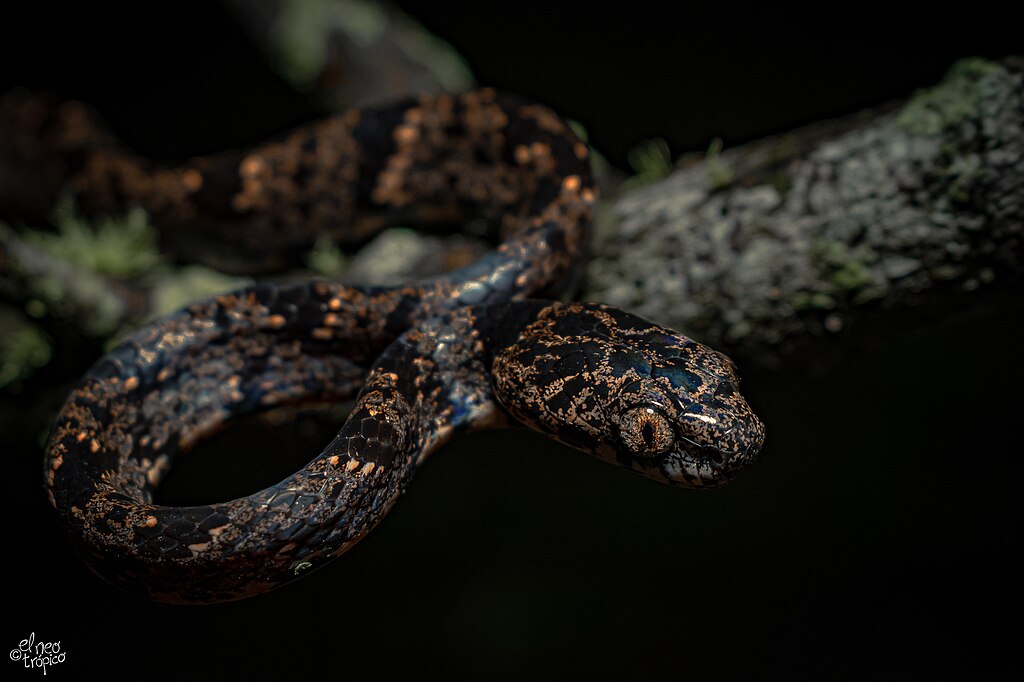When dark clouds gather and thunder rolls across the sky, hikers often notice something peculiar in the aftermath of a storm: snakes that were previously visible along trails seem to disappear completely. This phenomenon isn’t just coincidence or selective observation—it’s driven by fascinating biological responses and survival instincts deeply ingrained in these reptiles. Thunderstorms create dramatic environmental changes that trigger specific behaviors in snakes, causing them to retreat from their usual haunts along hiking paths and into more protected areas. Understanding why and where these creatures go during stormy weather offers valuable insights into reptile behavior and can help hikers better appreciate the complex relationship between wildlife and weather patterns.
The Sensitivity of Snake Sensory Systems
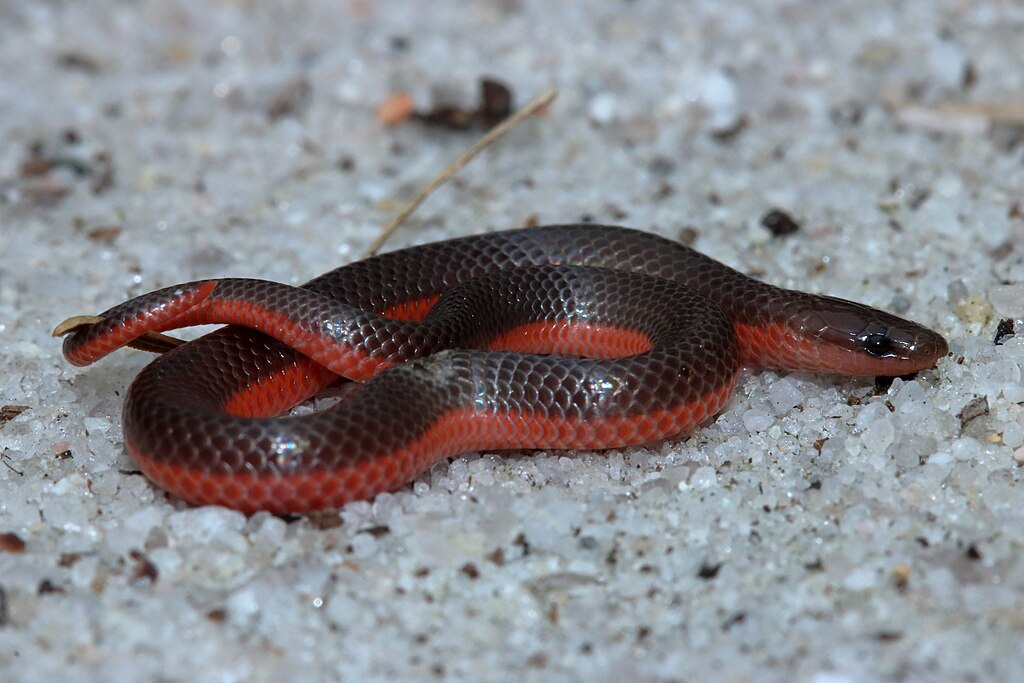
Snakes possess remarkably sophisticated sensory systems that allow them to detect subtle environmental changes well before humans notice them. Their bodies contain specialized cells that can detect minute shifts in barometric pressure, which typically drop significantly before a storm arrives. This ability functions as an early warning system, alerting snakes to incoming weather disturbances hours before the first raindrops fall. Unlike mammals, snakes lack external ears but can sense vibrations through their jawbones and bodies, making them particularly attuned to the low-frequency rumbles of distant thunder. These combined sensitivities give snakes a significant head start in responding to approaching storms, allowing them to seek shelter long before hikers notice their absence from trails.
Temperature Regulation Challenges
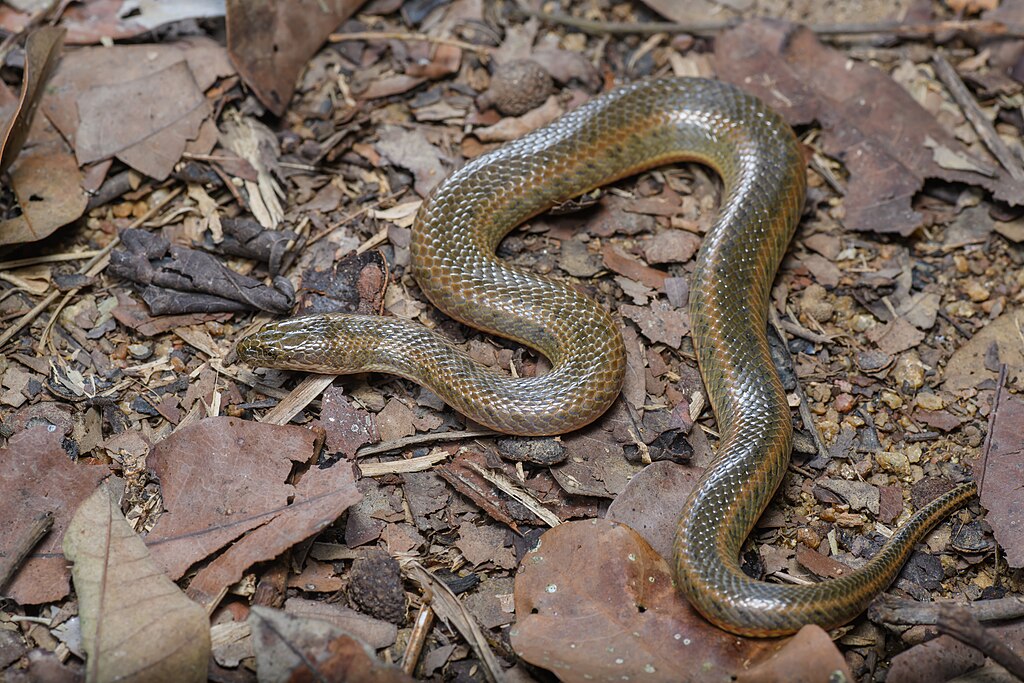
As ectothermic (cold-blooded) creatures, snakes rely entirely on external heat sources to regulate their body temperature, making them particularly vulnerable during thunderstorms. When dark storm clouds block the sun, ambient temperatures can drop rapidly, creating potentially dangerous conditions for these reptiles. This sudden cooling can significantly slow a snake’s metabolism, reducing its ability to move quickly or digest food properly. The rain itself further compounds the problem by accelerating heat loss through evaporative cooling when it contacts a snake’s body. These temperature regulation challenges create a powerful incentive for snakes to seek warmer, more sheltered locations away from exposed trail areas where hikers typically encounter them.
Protection From Direct Rainfall
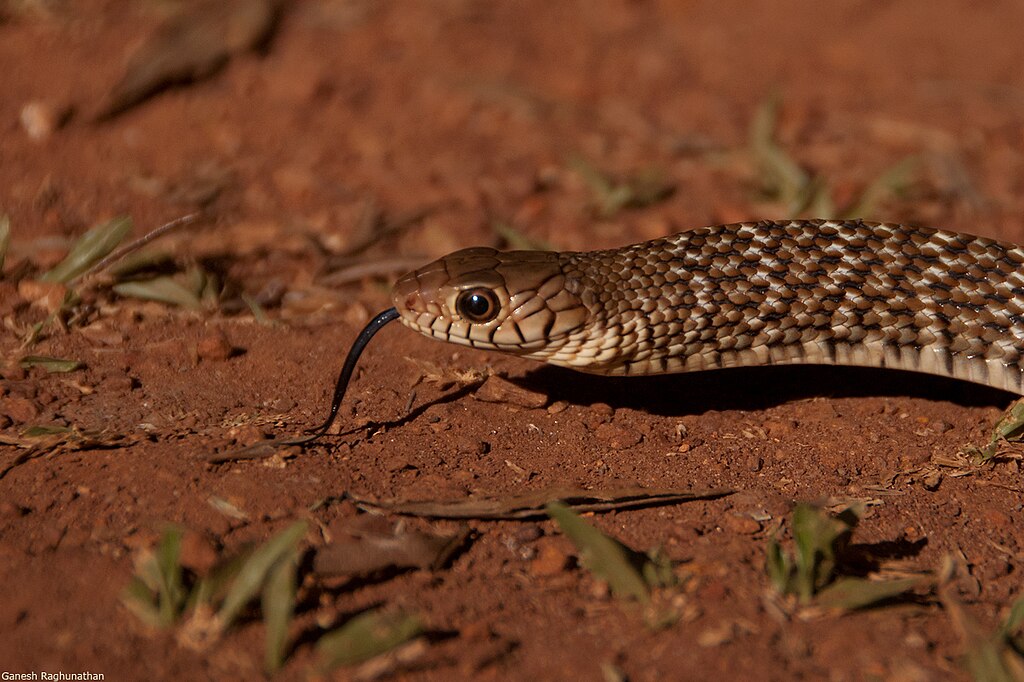
While some snakes are competent swimmers, most species actively avoid direct exposure to heavy rainfall whenever possible. The physical impact of raindrops can be surprisingly forceful for smaller snake species, potentially causing discomfort or even minor injuries during particularly intense downpours. Heavy rain can also wash away scent markers that snakes use to navigate their territories and locate potential prey. For venomous species, extended exposure to heavy rain might temporarily dilute venom potency by introducing moisture into venom glands, though this effect is minimal. These factors collectively motivate snakes to retreat to covered areas during storms, explaining their noticeable absence from exposed trail sections after thunderstorms have passed through an area.
Underground Retreats and Burrows

One of the primary destinations for snakes seeking shelter from thunderstorms is underground, where they find protection from both precipitation and temperature fluctuations. Many snake species opportunistically use existing burrows created by rodents, gophers, or other burrowing animals rather than digging their own. These underground retreats can maintain relatively stable temperatures even when surface conditions change dramatically during storms. Some snake species, particularly in desert environments, have evolved specialized behaviors for quickly locating and accessing burrows when threatening weather approaches. Underground spaces also provide protection from potential flooding, as elevated water levels from heavy rain rarely penetrate deeply into well-drained soil structures where snakes typically shelter.
Rock Crevices and Natural Cavities
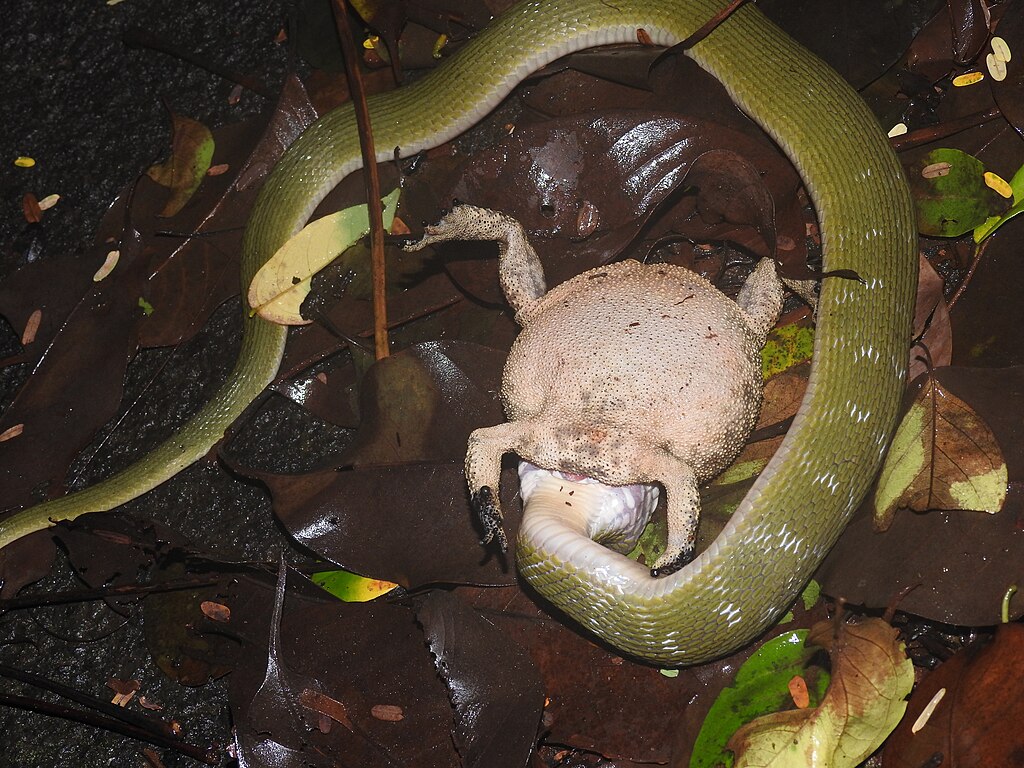
Rock formations offer ideal shelter options for snakes during thunderstorms through their abundant crevices and small cavities. These natural hideaways provide excellent protection from rain while retaining heat absorbed during sunny periods before the storm. Rocky areas tend to warm quickly in sunlight and release that heat slowly, creating thermal refuges that help snakes maintain optimal body temperatures during weather disturbances. Some snake species show strong site fidelity to particular rock shelters, returning to the same protected crevices repeatedly during adverse weather conditions. Hikers rarely see these sheltering locations from trail perspectives, as the most effective refuges are typically tucked away in less visible areas of rock formations.
Hollow Logs and Tree Cavities

Fallen timber and standing trees with natural hollows serve as important storm shelters for many snake species, particularly in forested environments. These wooden sanctuaries provide excellent insulation from both temperature drops and direct rainfall while offering protection from potential predators that might take advantage of a snake’s vulnerability during storms. The elevated position of tree hollows can be especially beneficial during heavy rainfall events that might cause ground-level flooding. Some arboreal snake species will specifically seek out tree cavities during storms, temporarily abandoning their usual canopy haunts for more protected positions. These wooden shelters also retain ambient heat better than exposed areas, helping snakes maintain more stable body temperatures throughout weather disturbances.
Dense Vegetation and Ground Cover
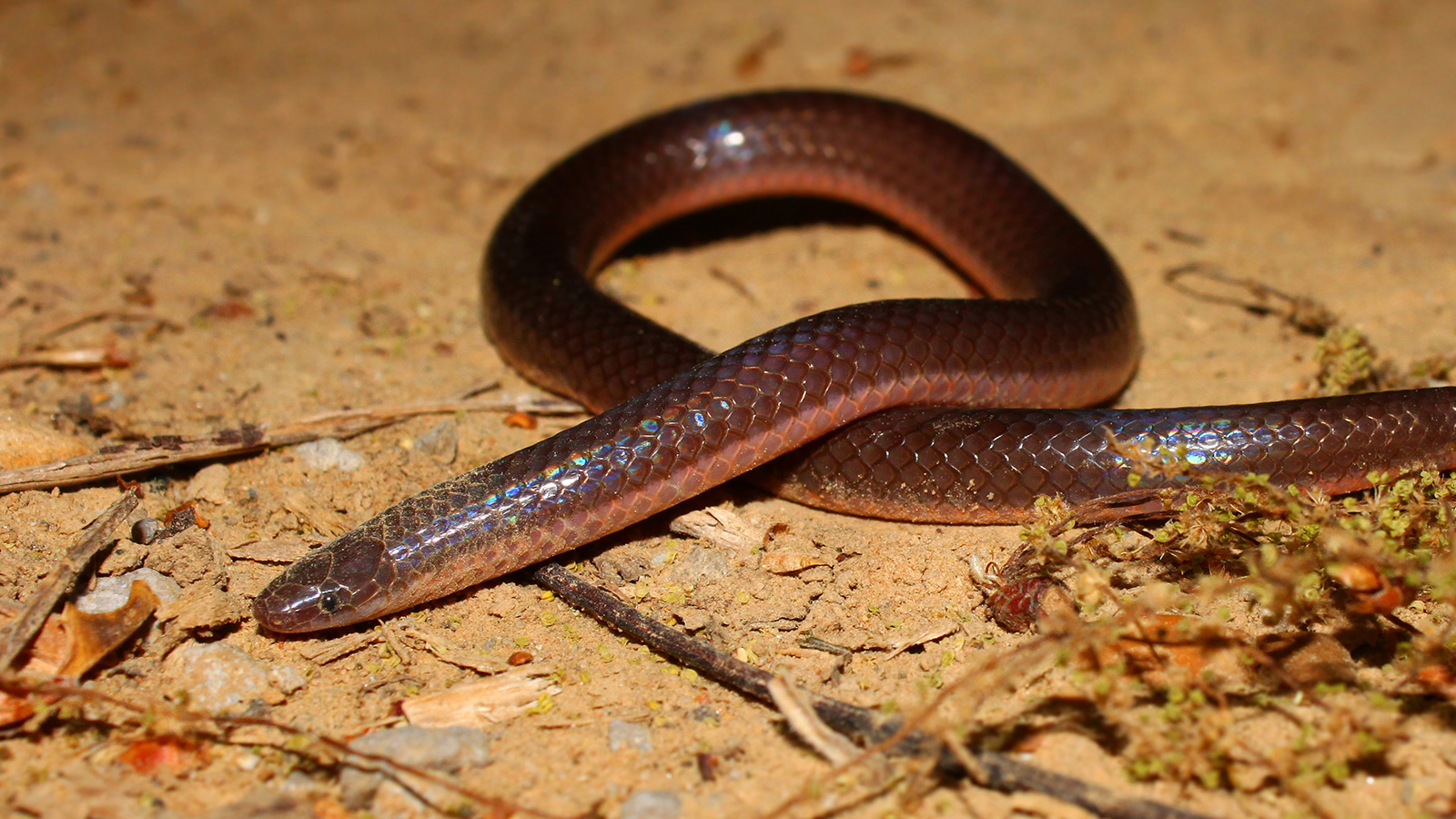
Thick undergrowth, leaf litter, and dense vegetation provide readily available shelter options for snakes seeking protection from thunderstorms. These natural umbrellas effectively block direct rainfall while providing some insulation against temperature drops associated with storm fronts. Many snake species will burrow beneath layers of fallen leaves or wedge themselves into the base of thick vegetation clumps until adverse weather conditions pass. The microhabitats created by dense ground cover often host higher concentrations of prey animals also seeking shelter, potentially providing feeding opportunities for snakes during extended stormy periods. These vegetative shelters are typically located away from maintained trail edges, further explaining why hikers encounter fewer snakes immediately following thunderstorms.
Behavioral Adaptations to Changing Pressure
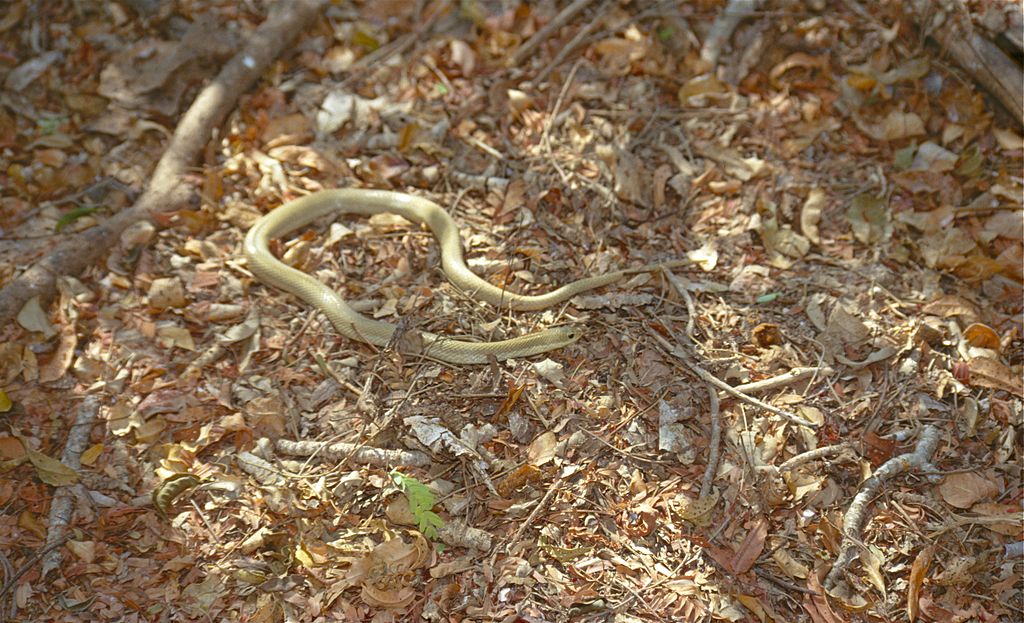
The barometric pressure changes that accompany thunderstorms trigger specific behavioral adaptations in most snake species, essentially placing them in a heightened state of alertness. Research has documented reduced movement, increased sheltering behavior, and decreased foraging activity when barometric pressure falls rapidly before storms. These behavioral shifts are likely evolutionary adaptations that help snakes avoid the increased risks associated with being exposed during severe weather events. Some studies suggest that snakes can detect pressure changes as minimal as 1-2 millibars, giving them remarkable sensitivity to approaching weather systems. This pressure-induced behavioral shift helps explain why snake sightings drop dramatically on trails not just during storms but often for hours before precipitation actually begins.
Reduced Hunting Activity
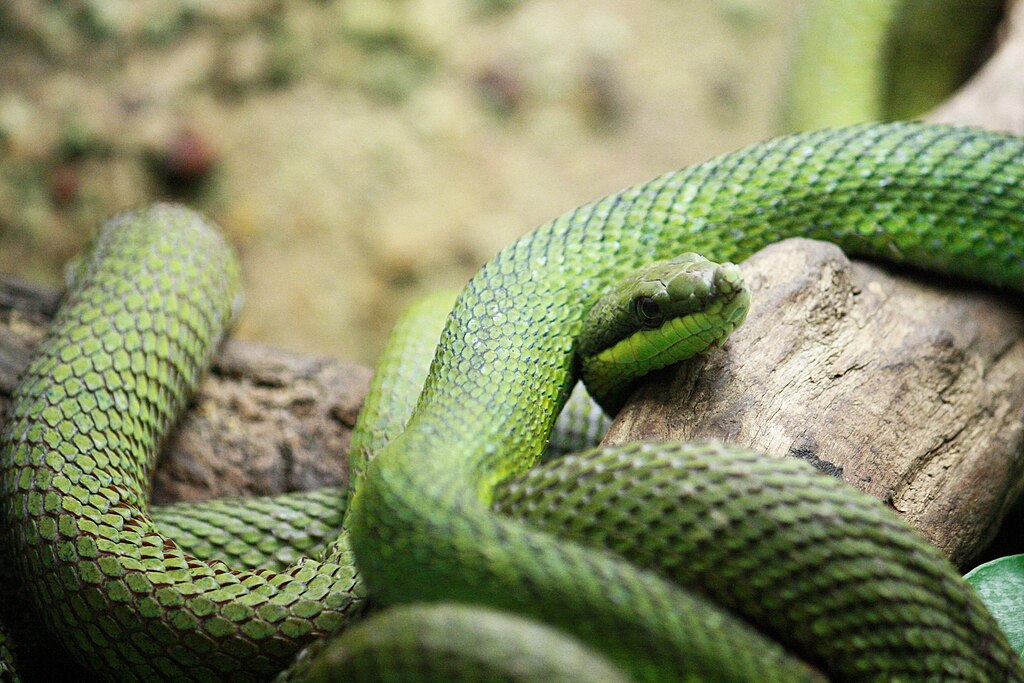
Thunderstorms typically cause significant disruptions to snake hunting patterns, further contributing to their disappearance from trails. Most snake species rely heavily on thermal detection, scent tracking, or vibration sensing to locate prey—all senses that can be compromised during stormy conditions. Heavy rainfall washes away scent trails, while the vibrations from thunder and rain can mask the subtle movements of potential prey animals. Cold temperatures reduce a snake’s metabolic rate, decreasing its need to hunt while simultaneously limiting its physical capacity to strike effectively at prey. These feeding disruptions can last well beyond the storm itself, explaining why snake sightings often remain reduced for a day or more after the weather clears.
Flood Avoidance Behaviors
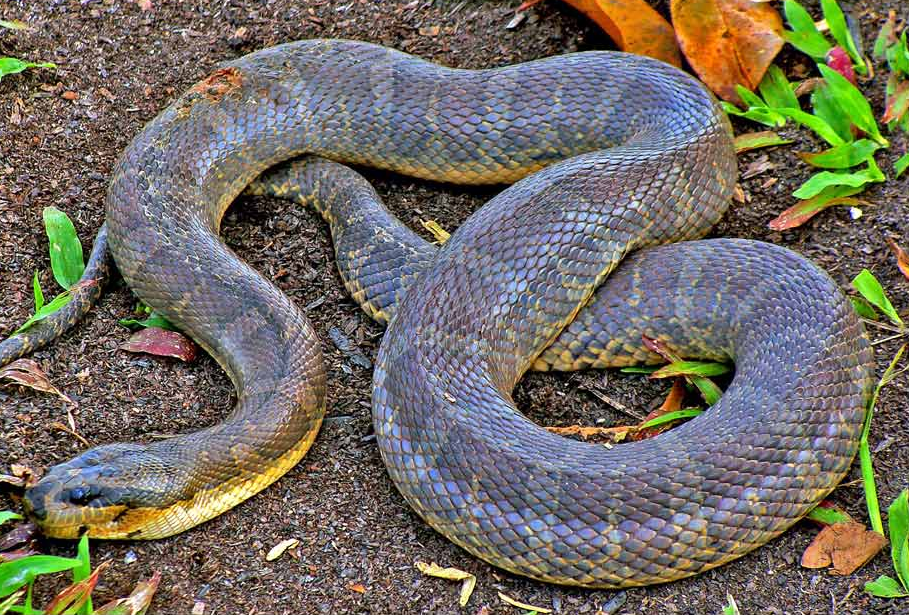
Flash flooding represents a serious threat to snake survival during thunderstorms, particularly in canyon environments, dry washes, and low-lying areas. Many species have evolved specific behaviors to anticipate and avoid flood dangers, moving to higher ground when they detect the environmental cues that precede heavy rain events. Snakes typically abandon areas prone to water channeling or collection during storms, seeking higher terrain away from potential flood paths. Research has documented that even aquatic snake species will often move away from water bodies before storms, presumably to avoid being swept away by flood currents or rapidly rising water levels. These flood avoidance behaviors frequently take snakes away from trail systems, which are often designed to follow natural topographic features like valleys or stream beds that can become flood channels.
Post-Storm Emergence Patterns
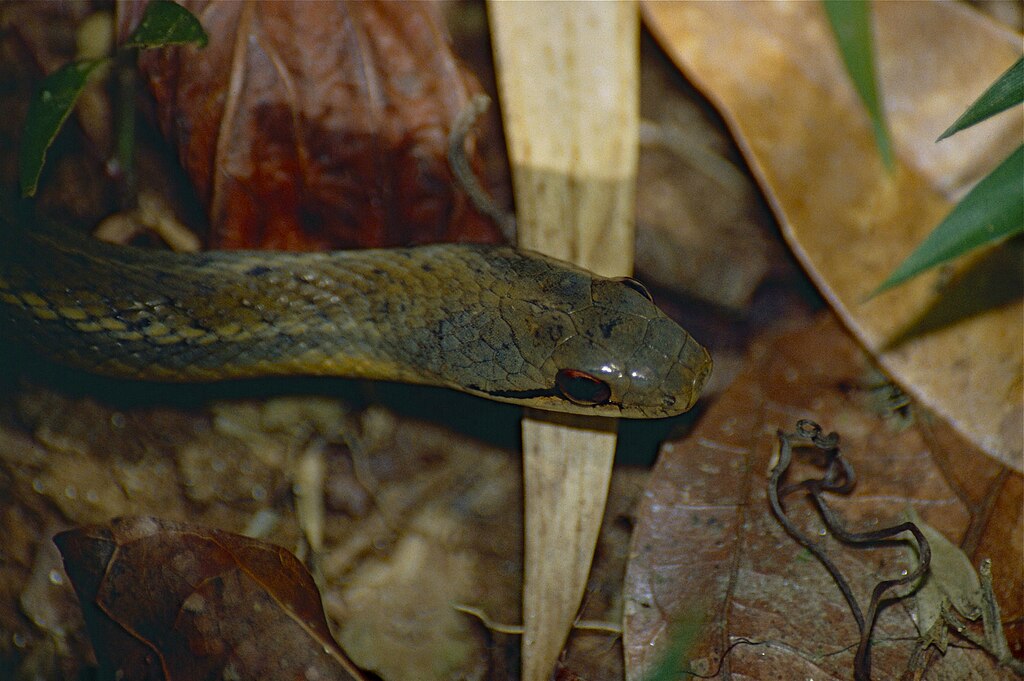
After a thunderstorm passes, snakes typically don’t immediately return to their usual haunts along trails, contributing to their apparent disappearance. Most species follow a cautious re-emergence pattern, first seeking sunny spots to raise their body temperature before resuming normal activity levels. This basking behavior often occurs in protected clearings away from trails where they can quickly retreat to shelter if needed. The timing of re-emergence varies significantly by species, with some smaller snakes waiting hours longer than larger species that can retain body heat more effectively. Environmental factors like humidity levels, cloud cover, and air temperature all influence how quickly snakes will return to visible areas along trails after storms, with some species potentially remaining sheltered for days during extended periods of unsettled weather.
Impact of Lightning and Thunder
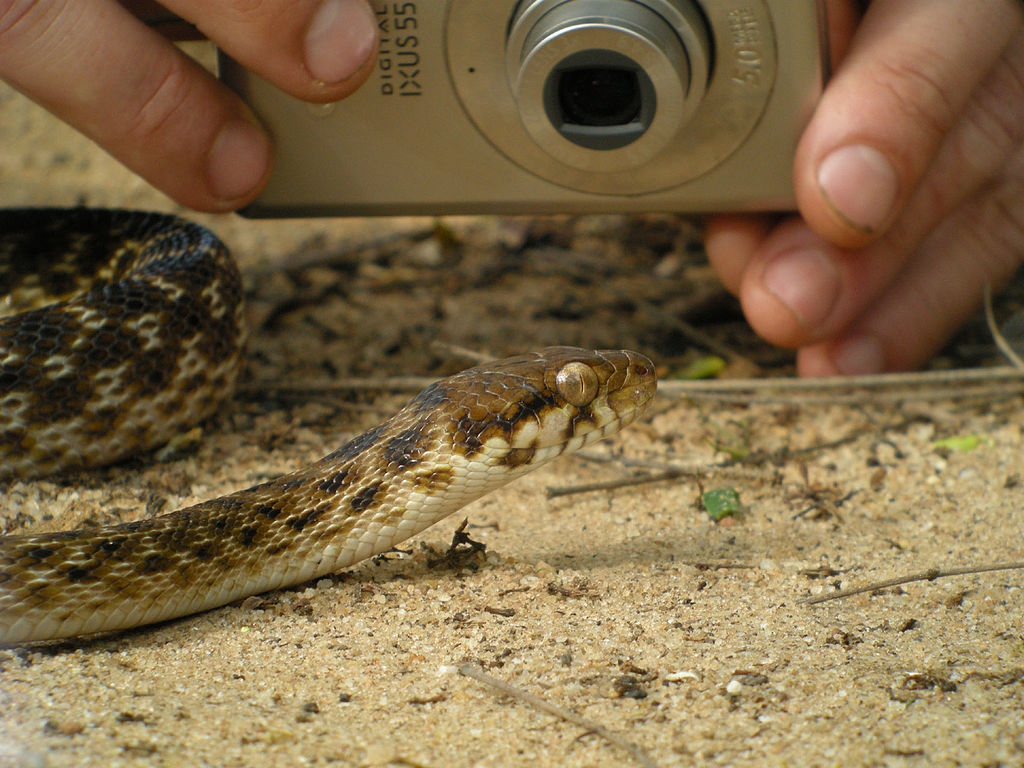
The characteristic lightning and thunder of storms may have direct effects on snake behavior beyond the environmental changes they herald. Some herpetologists theorize that snakes can detect the electromagnetic disturbances generated by lightning strikes through specialized sensory cells. The intense vibrations created by thunder likely register strongly through a snake’s body, potentially triggering instinctive sheltering responses even in captive specimens that are protected from actual rainfall. These acoustic and electromagnetic disturbances may explain why snakes sometimes begin seeking shelter before other storm indicators become apparent. The cumulative stress of these sensory inputs during a thunderstorm may contribute to prolonged sheltering behavior, keeping snakes away from trails for extended periods after storms have passed.
The Evolutionary Advantage of Storm Avoidance
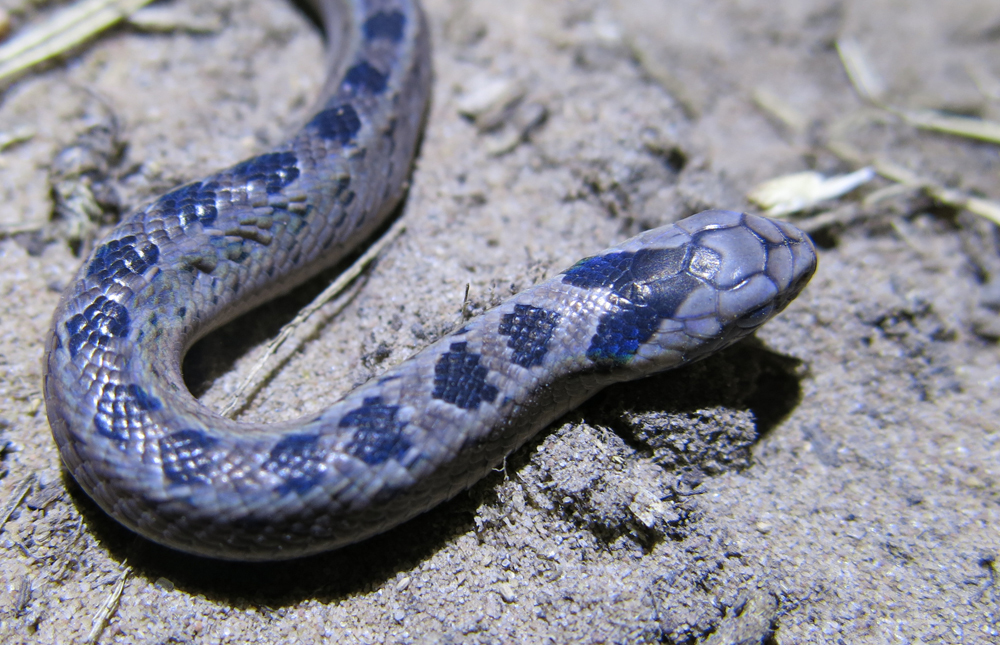
The consistent tendency of snakes to disappear during thunderstorms represents an evolved survival strategy with clear benefits for these reptiles. Snakes that effectively shelter during adverse weather likely experience higher survival rates than those that remain exposed to temperature extremes, potential flooding, and increased predation risk. This behavioral adaptation has been reinforced over millions of years of natural selection, explaining why it appears so consistently across different snake species and habitats. The energy conservation aspect of sheltering behavior provides additional evolutionary advantages, allowing snakes to reduce metabolic demands during periods when hunting would be less productive. Understanding these evolutionary drivers helps explain why the phenomenon of vanishing snakes after thunderstorms is so predictable and widespread across different geographic regions.
When hiking trails fall silent after a thunderstorm has passed, the absence of snakes represents a fascinating example of wildlife adaptation to environmental challenges. Their disappearance isn’t random but reflects sophisticated sensory capabilities and evolved survival strategies that allow these reptiles to navigate challenging weather conditions. From seeking underground burrows to utilizing rock crevices and dense vegetation, snakes employ multiple sheltering techniques to protect themselves during storms. This behavior not only highlights the remarkable adaptability of these creatures but also reminds us that wildlife movements are often dictated by environmental cues invisible to human perception. Next time you hike after a thunderstorm and notice the snakes have vanished, remember they haven’t gone far—they’re simply waiting out the weather in their own perfectly adapted way.

